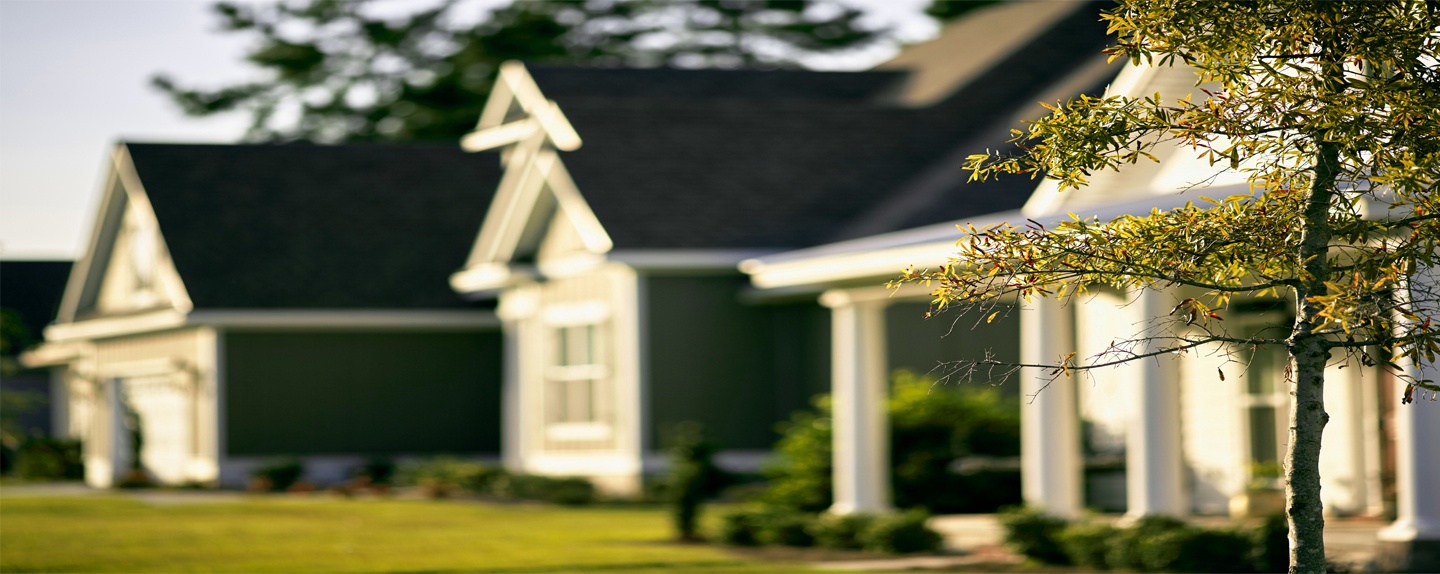If you want a healthy lawn that’s a showcase for your home, then you need regular turfgrass fertilization. Why? Because most soils on the North Shore, MA don’t have the level of nutrients required to support a healthy lawn.
Get a Soil Test
Before you run to your local garden center this spring, first you need to determine which nutrients are missing from your lawn.
All cool-season grasses, the type of turf that grows in MA, need these three major nutrients:
- Nitrogen
- Phosphorous
- Potassium
Additionally, your lawn should also have trace minerals, such as iron, magnesium, and calcium.
However, not all North Shore, MA lawns are the same. So, one yard may need more phosphorous than the one that is a block away.
A soil test determines how much of the three nutrients are in the ground and what the nutrient mix is lacking. This test also measures the pH level of your soil. Again, your property’s pH may differ depending on the amount of sunshine, shade, and moisture it gets.
Your soil’s pH is just as important as missing nutrients. Lawns like to go a little acidic—about 6.6, yet, if your soil’s pH is too acidic, it needs to be “sweeter” by putting lime applications on it.
Where do you stand on the debate? DIY versus hiring a lawn care company?
The Two Sides of Fertilization
People have wanted beautiful lawns for ages. After World War II, more chemicals were used to produce the “perfect” lawn.
Over the past 40+ years, environmentalists realized that all of this fertilizer was being leached into the soil and into our waterways. For example, overuse of nitrogen has caused algae blooms in lakes and streams.
Local municipalities have started to control how much lawn fertilizer is permitted. Fortunately, turf scientists recognized the problem too and have worked hard to create turf fertilizers that use the least amount of nutrients to produce gorgeous lawns.
Learn more: TruGreen Pricing: Is It Really as Good as It Appears?
So, if you hire your local lawn care service, you’ll notice that the technician will look at the results of your soil test and create a fertilization schedule that works for your property.
The goals of a lawn fertilization schedule include:
- Providing healthy soil for growing grass
- Providing the right nutrition in the right amount at the right time for maximum benefits and minimum environmental impact
- Slow-release fertilizers don’t cause the pollution that liquid fertilizers do, so they’re used more often to achieve the same results
- Producing green, dense turf that crowds out weeds, tolerates environmental and insect stresses, and fights off disease (think of it as the turf’s immune system)
How Grassmaster Plus Lawn Fertilization Programs Work
At Grassmaster Plus, we offer three different lawn fertilization packages that meet your turfgrass needs. Our goal is to use less nitrogen and fewer pesticides with each lawn application while maintaining the desired aesthetics.
We offer both hybrid and organic lawn fertilization programs tailored to feed your soil to promote healthy lawn grass. Our lawn fertilization programs start in the spring and continue throughout the season being adjusted as weather and individual lawn conditions dictate ending in the late fall.
To learn more about our programs, visit our plans and pricing page.
Sources: Landschoot, Peter, Ph.D., “Lawn Management through the Seasons.”; Owen, Mary and Jason D. Larier, “Best Management Practices for Lawn and Landscape Turf.”; University of Massachusetts Amherst, “Fertilization Guidelines.”; Ibid, “Nutrient Management for Turf.”


